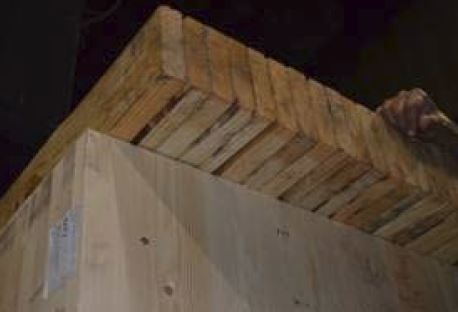DES603 – Fire Tests in Support of Tall Mass Timber Buildings

About Course
Fire testing to evaluate the performance of building materials and assemblies used in construction has been a requirement of building codes since the late 19th century. Early in the 20th century, versions of the ASTM E119 Standard Test Methods for Fire Tests of Building Construction and Materials were developed by the National Bureau of Standards as a means to compare the relative structural fire performance of materials and assemblies. Today, a science-based methodology exists, which allows designers to accurately calculate the behavior of wood exposed to an E119 time – temperature curve. Wood building elements are recognized for retaining their structural integrity despite the loss of fiber and cross-section due to charring.
With a rapidly growing interest in tall buildings constructed of mass timber, it became necessary to quantify the degree to which exposed timber contributes to a “real” compartment fire in order to establish appropriate building code requirements. During the work of the ICC Tall Wood Building Ad Hoc Committee (TWB), special test programs were developed and performed with the input of the fire service. Accordingly, a number of full-scale compartments constructed of mass timber building elements and furnished with real furniture and contents were fire tested. Results of these tests that were used by the ICC Tall Wood Building (TWB) Ad Hoc Committee in the development of proposed changes to the 2021 International Building Code will be presented.
- Recognize the objectives of recent large-scale compartment fire testing in the U.S.
- Describe the purpose of tests conducted by and findings of the NFPA Fire Protection Research Foundation at the National Institute of Standards and Technology (NIST) and the tests performed at the Bureau of Alcohol, Tobacco and Firearms (ATF) on behalf of the ICC TWB.
- Evaluate and describe the outcomes of the ATF tests and contrast those to the outcomes of the FPRF tests.
- Understand how testing is used to assess the added fire resistance time associated with non-combustible materials applied to mass timber elements in standardized E119 tests and be able to evaluate the results of those tests.
Funding provided in part by the Softwood Lumber Board.
Course Content
Fire Tests in Support of TMT
-
Recorded Presentation
00:00 -
Fire Tests in Support of TMT Assessment